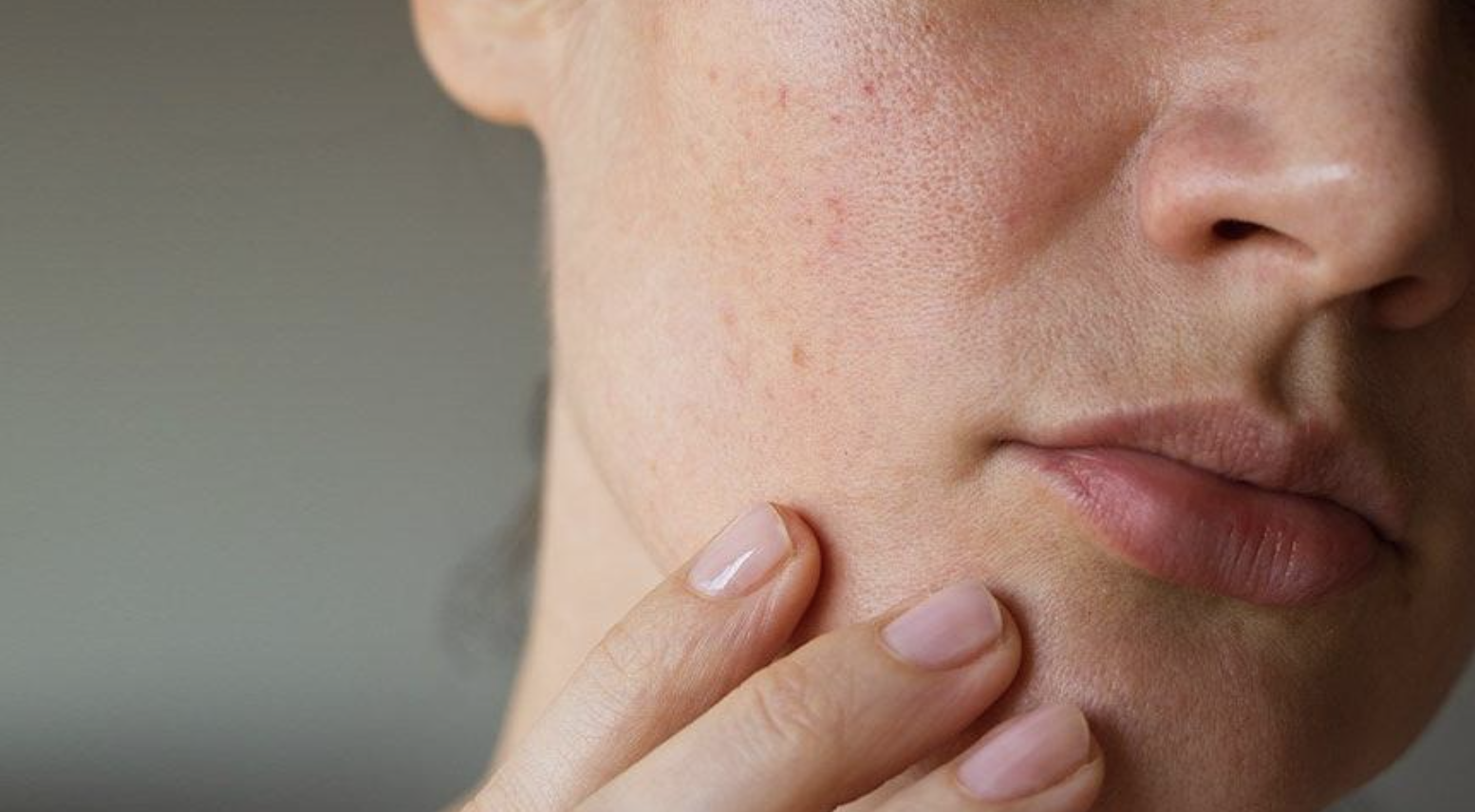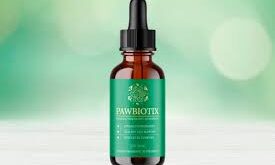What is Milialar?
Milia are tiny, benign cysts or bumps that regularly occur on the skin’s surface. Typically, they are tiny, rounded, and either white or yellowish in appearance. Milia develops when dead skin cells that are entrapped below the skin’s surface become stuck in tiny crevices, or sweat ducts. These cysts, which resemble small pearls or grains of sand, are mostly found on the face, especially around the eyes, nose, and cheeks, although they can also occur in other areas of the body. While milia are normally painless and harmless, they can be a cosmetic issue for some people, leading to a need for treatment or preventative measures.
Significance of understanding milia.
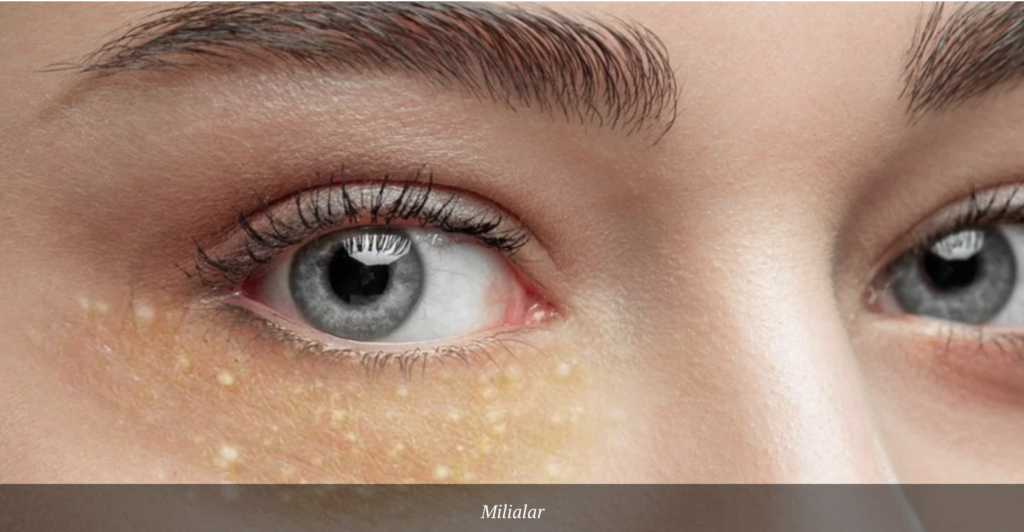
- Cosmetic Concerns: Milia may be ugly and have an impact on a person’s look, especially when they develop on the face’s most prominent features. Understanding milia enables people to notice and successfully handle these aesthetic issues.
- Skin Health: Milia may occasionally be a sign of underlying skin sensitivity or problems. A more informed approach to skincare and improved overall skin health might result from knowing their causes and risk factors.
- Prevention: People may take proactive steps to avoid milia by being aware of the elements that lead to their development, such as sun exposure and the use of specific skincare products. This involves picking suitable skincare products and implementing healthy skincare habits.
- Treatment choices: Understanding the various treatment choices is crucial for individuals who have milia and want to address them. People may manage their milia more effectively by knowing about topical retinoids, exfoliation, and dermatological extraction therapies.
- Dermatological Consultation: Being aware of milia encourages people to consult dermatologists when they need advice. Dermatologists are skilled in correctly diagnosing milia, identifying their type, and offering tailored advice and treatments based on the patient’s skin type and condition.
- Age ranges: Neonatal milia, which affects babies, may affect people of all ages, including adults. Understanding how milia affects various age groups enables preventative and treatment methods to be tailored to meet the requirements of each group.
- Overall Self-Confidence: Milia can affect a person’s sense of self-worth and confidence. Anxiety can be reduced and self-confidence can be increased by understanding that milia are frequent, mostly harmless and curable.
- Avoiding Myths: Knowledge about milia helps eliminate popular myths regarding these cysts. For instance, some individuals mistake milia for warts or acne. Correct diagnosis and therapy can result from understanding the differences.
- Sun Protection: Recognizing the connection between exposure to the sun and the development of milia highlights the significance of sun protection, lowering your chance of developing milia as well as more severe skin problems including skin cancer.
- Personalized skincare: Regimens are advantageous for people who are prone to milia. Understanding milia enables people to customize their skincare regimens and techniques to meet their needs, resulting in healthier, cleaner skin.
Different Milia species
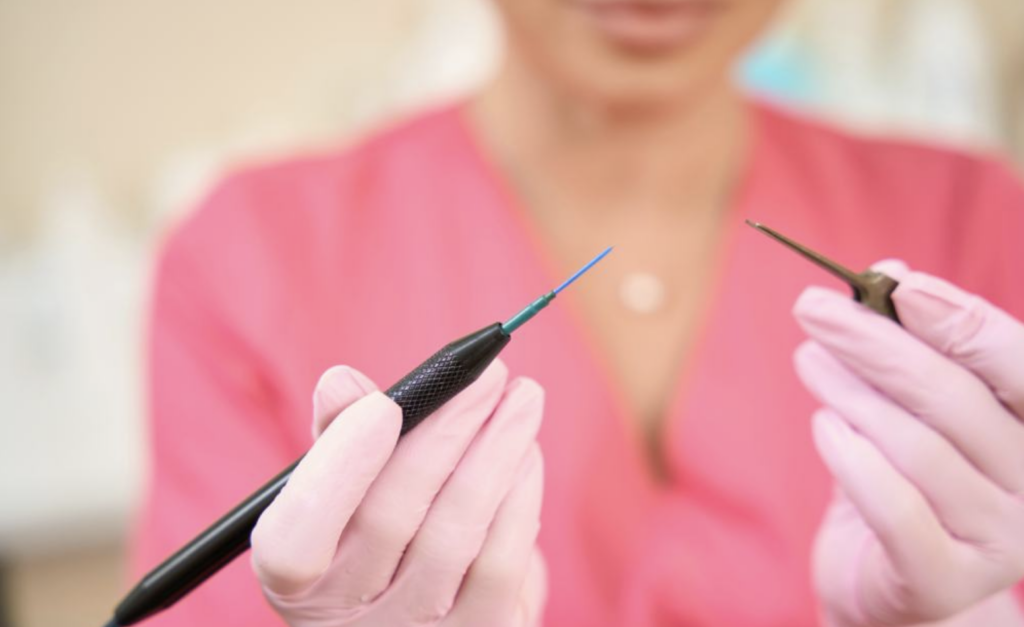
Based on their fundamental sources, milia are divided into several types:
Primary Milia – The most prevalent kind, primary milia, affects people of all ages. They appear when dead skin cells impede sweat ducts.
Secondary Milia – Skin damage or injury, such as burns or blisters, can lead to secondary milia. They may also become apparent following some skin procedures, such as dermabrasion or laser resurfacing.
Neonatal Milia- Milia is a common condition in infants shortly after delivery. These little cysts are completely safe and usually go away on their own within a few weeks.
Milia en Plaque – This rare kind of milia manifests as a milia cluster covering an inflamed, raised region of skin.
Why Does Milia Occur?
It might be easier to prevent milia if we are aware of its causes. The following are some typical causes of milia development:
- Excessive Sun Exposure: Prolonged sun exposure can harm the skin and increase the likelihood of the development of milia.
- Skincare Products: Utilizing heavy or greasy skin care solutions might clog pores and cause milia. Always select non-comedogenic products over those that could clog pores.
- Skin Trauma: Secondary milia can develop because of any skin trauma or injury, such as burns or blisters.
- Genetics: Some individuals may be more prone to developing these cysts due to a hereditary disposition to milia.
- Sweating and Humidity: Prolonged or excessive perspiration as well as high humidity levels may cause sweat ducts to get blocked, which can lead to the development of milia.
Managing Milia: Available Therapies
- Milia often goes away on their own, however for some people, they might linger and be upsetting. Here are some effective medical solutions to consider:
- Topical retinoids: Creams containing over-the-counter or prescription retinoids help hasten the exfoliation of dead skin cells and prevent the development of milia.
- Exfoliation: Removing dead skin cells by gentle exfoliation with a light scrub or exfoliating cleanser can help prevent milia.
- Dermatological Extraction: Qualified dermatologists can safely pierce and remove milia using sterilized scalpels or needles. This surgery should only be carried out by trained specialists to prevent scarring or infection.
- Chemical Peels: Chemical peels assist in the elimination of dead skin cells and milia by removing the top layer of skin.
- Microdermabrasion: Microdermabrasion is a non-invasive process that uses a piece of specialized equipment to exfoliate the skin’s top layer in order to help clean up milia.
Preventing Milia: Your Shield Against Recurrence
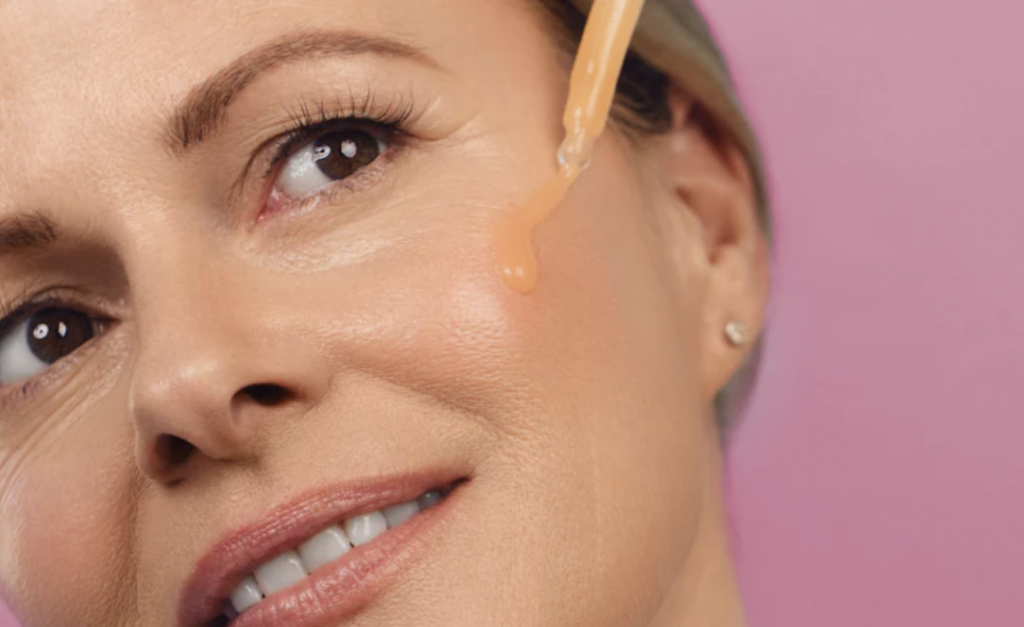
Here are some proactive measures to prevent their formation:
- Choose Non-Comedogenic Products: Prioritize skincare and makeup products labeled as non-comedogenic, as these are less likely to obstruct pores.
- Sunshield: Always apply sunscreen before venturing outdoors to shield your skin from harmful UV rays.
- Gentle Cleaning: When caring for your skin, choose a moderate, gentle cleanser and stay away from abrasive scrubs that could irritate it.
- Avoid Heavy Oils: Avoid oils and moisturizers that are heavy or greasy since they may cause pore obstruction.
- Routine Exfoliation: To prevent the buildup of dead skin cells, your skincare routine should include regular, mild exfoliation.
Conclusion
Although milia are a frequent dermatological issue, their persistence can harm a person’s perception of their attractiveness and self-worth. In order to manage and avoid these microscopic cysts, it is essential to become knowledgeable about the many forms of milia, the causes of them, and the therapies that are available. Keep in mind that prevention is frequently the best course of action. To keep a glowing and milia-free complexion, choose your skincare products wisely, protect your skin from the sun, and develop good skincare practices. It is advised to get expert advice from a dermatologist if you are struggling with recurring milia so they can provide you with personalized treatment choices that will fit your specific requirements.
 Lifeyet News Lifeyet News
Lifeyet News Lifeyet News

